A literature review on the influencing factors of young people's reproductive behavior and willingness
DOI: 10.23977/pree.2023.040105 | Downloads: 74 | Views: 3017
Author(s)
Junji Li 1
Affiliation(s)
1 School of Economics, Wuhan Polytechnic University, Wuhan, Hubei, 430048, China
Corresponding Author
Junji LiABSTRACT
2016 is the peak year for the number of newborns in China in recent years, which means that the domestic labor force will reach its peak around 2040, and it also means that the aging level of the domestic population will intensify year by year. The main reason is the decline in the willingness of young people to have children, and the increasing number of single individuals, delayed marriages, and DINK groups. Behind this are many factors such as economic and social development, improved education levels, changes in social organizational forms, intergenerational transmission, delayed retirement, and parenting costs. Although the overall trend has not yet changed, it has had a certain impact on population policies and economic and social development. Therefore, we need to strengthen the importance of young people's reproductive behavior as an important part of population development strategies.
KEYWORDS
Labor force population, Population aging, Fertility behavior willingness, Population development strategyCITE THIS PAPER
Junji Li, A literature review on the influencing factors of young people's reproductive behavior and willingness. Population, Resources & Environmental Economics (2023) Vol. 4: 39-42. DOI: http://dx.doi.org/10.23977/pree.2023.040105.
REFERENCES
[1] Li Zhiqiang, Dong Juan, Li Junpeng. Population age structure prediction based on fertility transition theory [J]. Price Theory and Practice, 2022, (06): 68-72.
[2] Chen Wei. Prediction of negative population growth and aging trends in China [J]. Social Science Journal, 2022, (05): 133-144.
[3] Wang Jinying, Li Zhuangyuan, Wang Dongmei. Research on long-term Chinese population development goals— based on the understanding of enhancing economic strength [J]. Population Research, 2022, 46 (04): 40-54.
[4] Liu Xuyang, Wang Guangzhou. A further analysis of China's fertility level and related social development indicators in the new period [J]. Academic Exploration, 2022, (07): 67-78.
[5] Song Jian, Hu Bo. Fertility motivation and fertility intention of the Chinese childbearing age population [J]. Population and Economy, 2022, (06): 1-16.
[6] Zhao Feng, Chen Liwei, Gui Yong. Ten-year changes in the fertility willingness of youth groups (2012~2021) — based on age, period and generation analysis [J]. Northwest population: 1-13.
[7] Wu Fan, Chen Ling. The cultural mechanism and its policy implications behind the low fertility intention of contemporary Chinese young people [J]. Public Administration Commentary, 2022, 15 (05): 49-65 + 197.
[8] Qing Shisong. Intergenerational transmission of fertility intentions: the influence of parental attitudes and behavior [J]. Chinese Population Science, 2022, (05): 48-63 + 127.
[9] Tian Zhipeng. Research on Family Employment Stability and Family Planning—based on 2017 and 2019 [J]. Journal of Huazhong University of Science and Technology (Social Science Edition), 2022, 36 (04): 112-119.
[10] Hong Xiumin, Zhao Sijie. Research on the influence of family economic conditions and parenting costs young women's willingness to have three children—based on the survey analysis in Guangdong Province [J]. Social Sciences of Chinese Youth, 2022, 41 (06): 71-77.
[11] Sun Xiaomeng, Huang Zhen, Zhou Chunguang. The influence of children's education expenditure on the fertility intention of couples of childbearing age [J]. Southern population, 2022, 37 (04): 24-35.
[12] Li Yongping. The fertility will and the transformation motivation of the new generation of rural youth——Based on the field survey of Y village in southern Anhui [J]. China Youth Research, 2023, (02): 59-68.
[13] Liu Bofan, Liu Ye. Marriage effect of higher education: postpone marriage or choose not to marry?—New evidence from the synthetic control method [J]. Journal of Shanghai University of Finance and Economics, 2018, 20 (03): 93-109.
[14] Han Jianyu. Will the "iron rice bowl" increase the willingness to have a third child?—Research on the difference of residents' willingness to have three children inside and outside the system [J]. Social Science in Guizhou Province, 2022, (08): 103-112.
[15] Liu Chengkui, Zheng Liming. The impact of informal employment on fertility intention: theory and empirical [J]. Finance and Economics Science, 2022, (09): 107-122.
[16] Liu Jindong, Wang Jiahui, Tang Han. Bread and Children: How youth unemployment affects fertility intentions-Evidence from OECD countries [J]. Journal of Shanghai University of Finance and Economics, 2022, 24 (04): 138-152.
[17] Xiong Jingwei, Zhang Guanlan. Old-age security and fertility willingness of flexible employment personnel [J]. Scientific Decision-making, 2022, (11): 62-80.
[18] Jing Tao, Zhao Xinmeng, Luo Zhiwen. Research on the influence of social endowment insurance on the fertility intention of flexible employment in new forms in China [J]. Price Theory and Practice, 2022, (11): 32-36 + 209.
[19] Zhao Meijie, Yan Chengliang. Government shares the cost of childcare, fertility rate and population quality [J]. World Economy Wenhui, 2022, (04): 20-38.
[20] Pu Yanping, Zhang Lanxin, Yuan Baihui. Internet use and women's fertility willingness—Also on the structural reduction of women's fertility willingness in China [J]. Journal of Shanxi University of Finance and Economics, 2023, 45 (03): 14-29.
[21] Nie Yan, Feng Xiaotian. Can ancestral child care increase fertility intentions?—Based on a qualitative Research of 23 urban families [J]. Jianghuai Forum, 2022, (06): 128-134 + 142.
| Downloads: | 3154 |
|---|---|
| Visits: | 140613 |
Sponsors, Associates, and Links
-
Information Systems and Economics

-
Accounting, Auditing and Finance

-
Industrial Engineering and Innovation Management
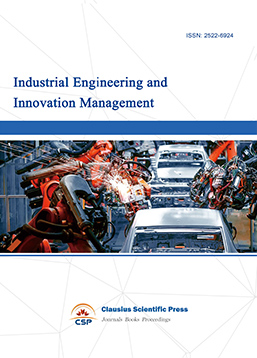
-
Tourism Management and Technology Economy

-
Journal of Computational and Financial Econometrics

-
Financial Engineering and Risk Management

-
Accounting and Corporate Management

-
Social Security and Administration Management

-
Statistics & Quantitative Economics

-
Agricultural & Forestry Economics and Management
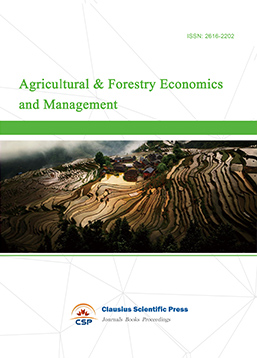
-
Social Medicine and Health Management
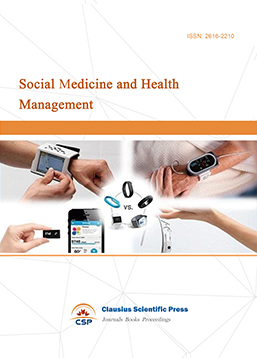
-
Land Resource Management
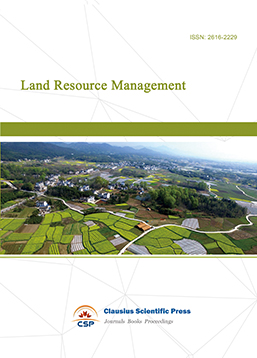
-
Information, Library and Archival Science

-
Journal of Human Resource Development

-
Manufacturing and Service Operations Management
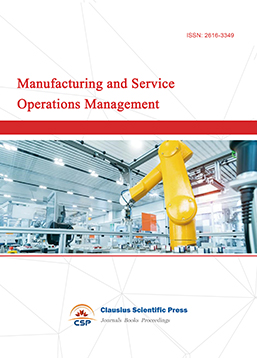
-
Operational Research and Cybernetics


 Download as PDF
Download as PDF